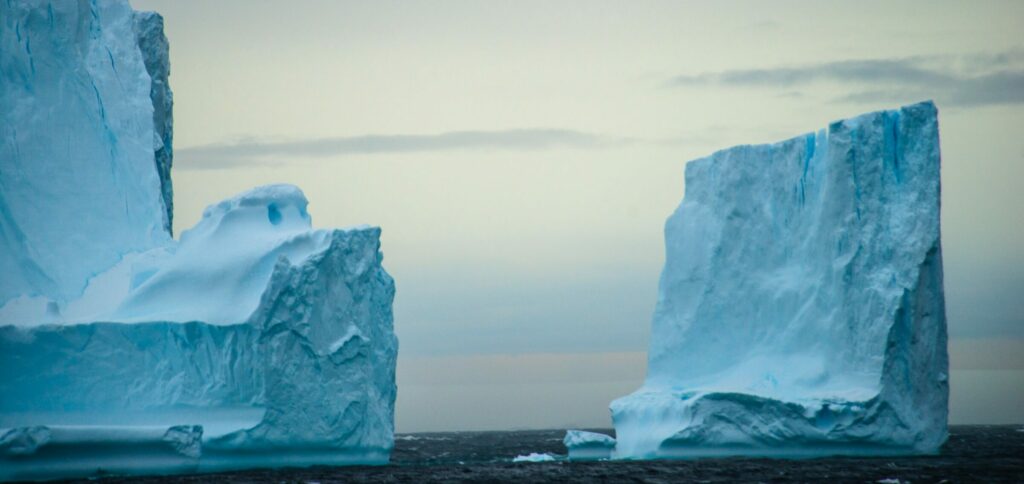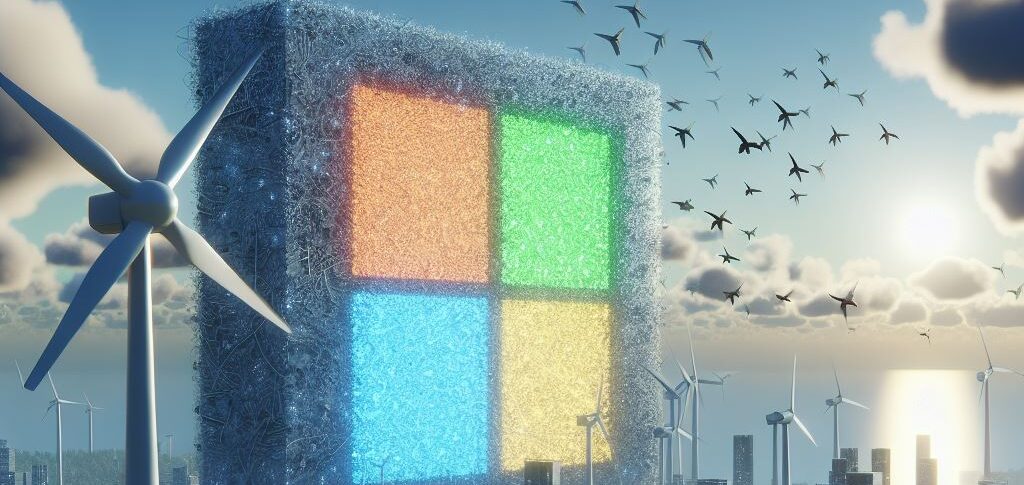The phenomenon El Niño consists of a “trapping” of warmer waters near the west coast of South America (the most common cycle consists of these waters moving away, towards Asia, and being replaced by cold waters that emerge from the bottom of the ocean). El Niño It occurs irregularly, at intervals of 2 to 7 years, and lasts from 9 months to a few years. Its emergence affects droughts, rains, harvests, forest fires and entire economies. ⤵️
ADVERTISING
The new research published in the journal Nature Climate Change (🇬🇧) points out that Stronger El Niño episodes would likely have divergent impacts on the ocean around the southern continent, accelerating the warming of deeper ocean waters while slowing the rate of warming at the surface.
Wenju Cai, author of the study, told the British newspaper The Guardian that this must entail faster melting of Antarctica's ice sheet and ice shelves, accelerated sea level rise, and worsening extreme weather, with, for example, more episodes of heat waves, drought and forest fires in eastern Australia and floods in California, Peru and Chile.
The continent's ice sheet is estimated to contain around 30 million cubic kilometers of solidified water, enough to raise ocean levels by 70 meters over centuries if it were ever completely melted.
ADVERTISING
Read also
(🇬🇧): content in English
(*): Content in other languages translated by Google Tradutor
(🚥): may require registration and/or subscription




